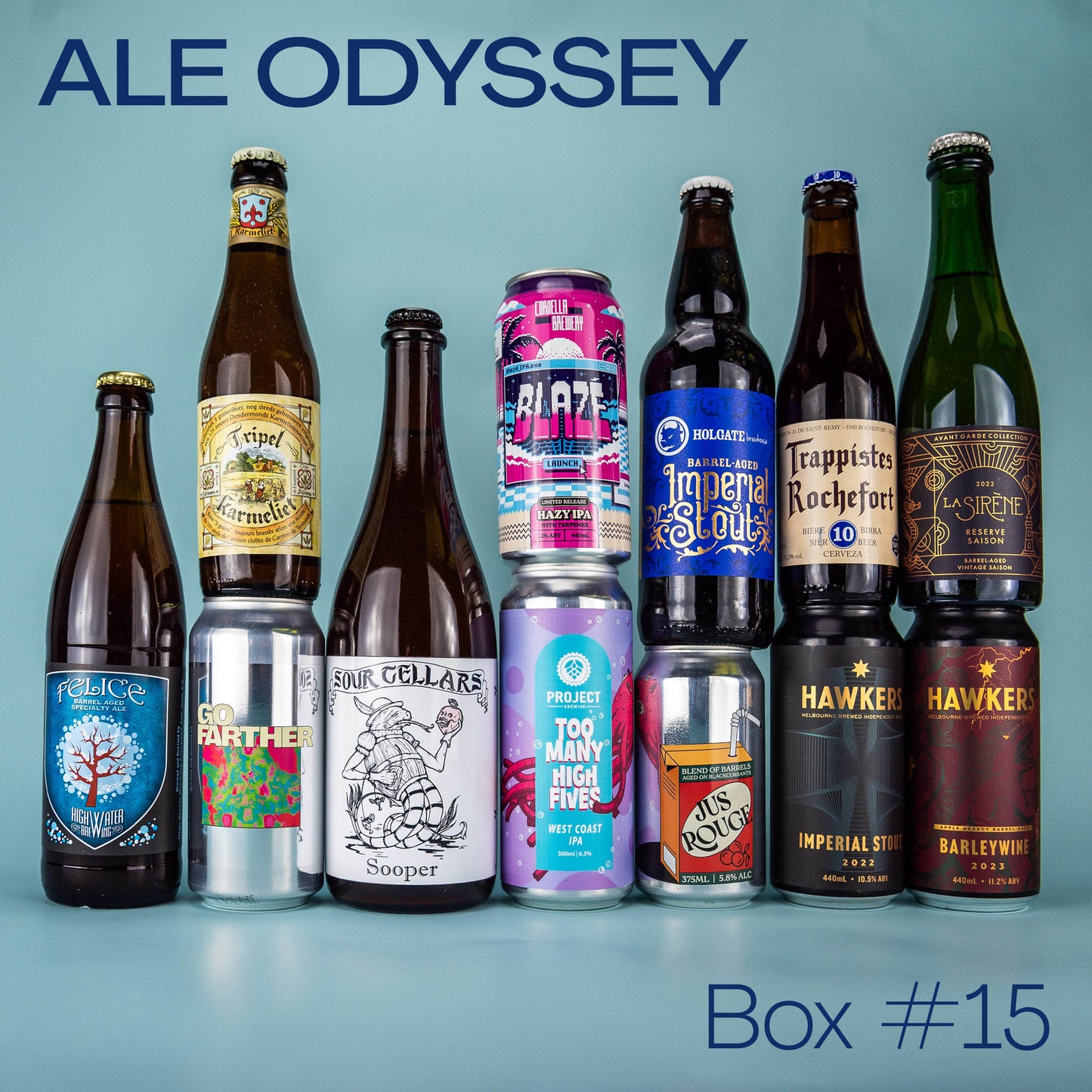Wild ales and sours often get lumped together, but what’s the difference between a kettle sour and a lambic? A Berliner and a Flanders Red? There are many intricate varieties in the world of acidity – so let’s take a dive and strip that palate bare!
While most beers labelled ‘sour’ these days tend to be brewed in very controlled environments, wild ales are just that – wild! Wild ales tend to be inoculated by atypical microflora - a fancy term for fermented by bugs, specifically yeasts or bacteria, that are not regular brewer’s yeast. This is added either through brewer intervention, or simply by leaving the freshly brewed wort open to the local environment. In this second option, the microflora spontaneously starts munching away on the nearby sugary liquid, turning it to alcohol and, in this case, acids. ‘Sours’, however, tend to be ‘soured’ quite deliberately and carefully by use of lactobacillus (a specific acid-producing bacteria) or simply adding acid directly to the mix.
Lambics are spontaneously fermented wild ale royalty. Typically aged 1-3 years (usually in a ‘foeder’ – a large wooden barrel) before blending and/or addition of fruit to add more complexity to the final product. Much like Champagne has its own region, Lambics are exclusively brewed in and around Brussels in Belgium – and have been for centuries.
Often, you will see brews under the style ‘mixed-fermentation’. These are beers that have been fermented by a combination of regular ‘clean’ brewer’s yeast, and atypical microflora as well. The biggest players in the micro world are Brettanomyces (Brett – a family of wild yeasts), Lactobacillus (Lacto – a type of bacteria), and Pediococcus (you guessed it – Pedio – another bacteria). Brett tends to give funkier, barnyard flavours and doesn’t ‘sour’ the beer, while Lacto and Pedio add more acidity and tartness to the mix.
While we could go on for days naming all the awesome categories within the wide world of wilds (Flanders Reds and Oud Bruins are a couple that spring to mind), we’ll try to keep it short and tart. Appreciate the complexities of the ever-classic wild ales and see if you can spot the nuanced difference between Brett and Lacto!
Want to explore wild & farmhouse ales?
Shop Carwyn Cellar's full range of wild & farmhouse style beers!
Image: www.3fonteinen.be/en/ - "A wooden barrel after the first spontaneous fermentation, closed off from the open air."




